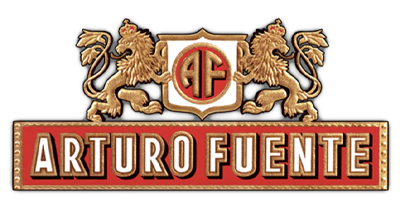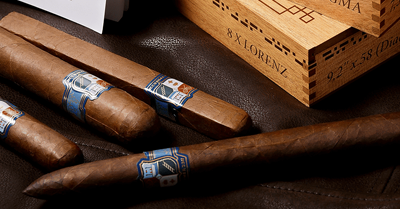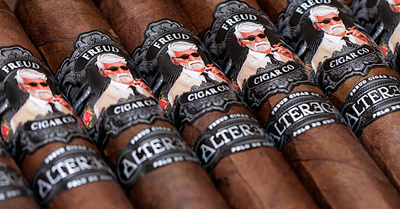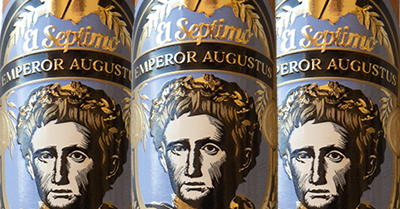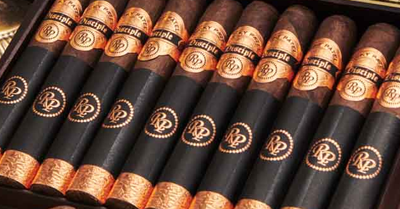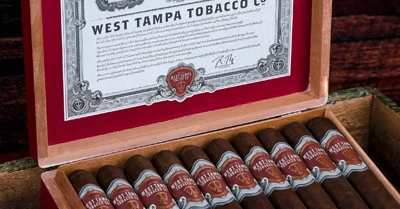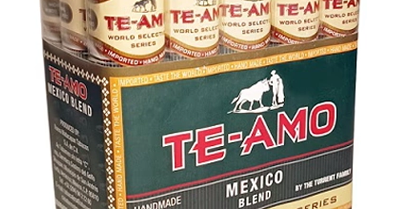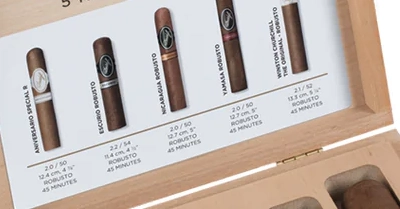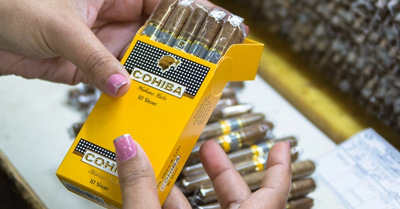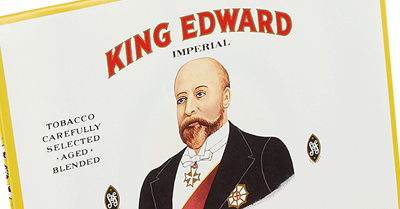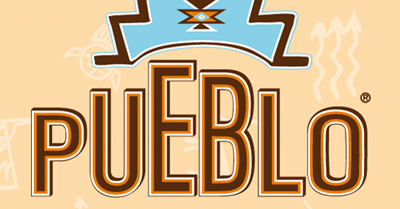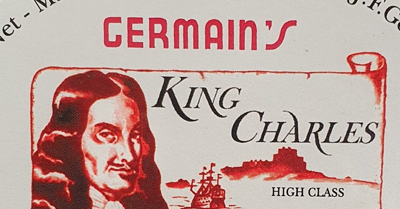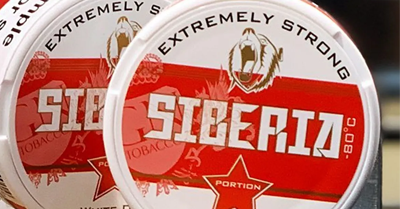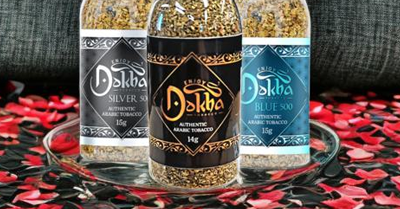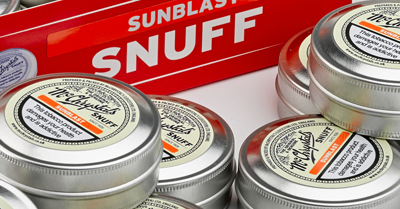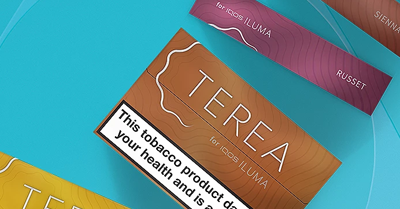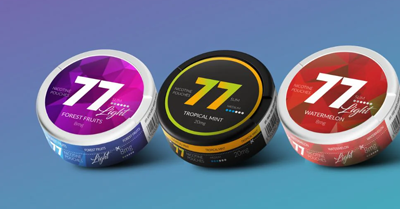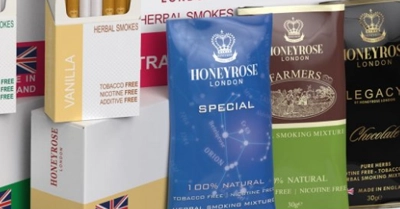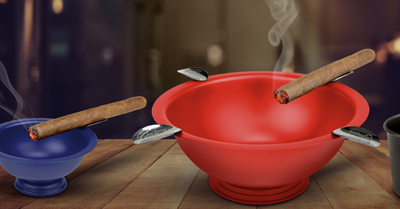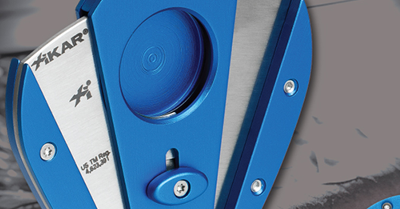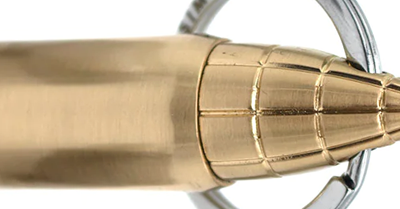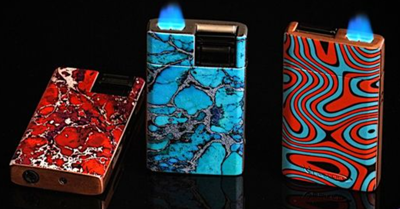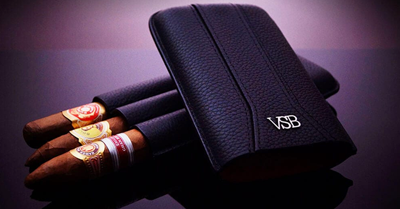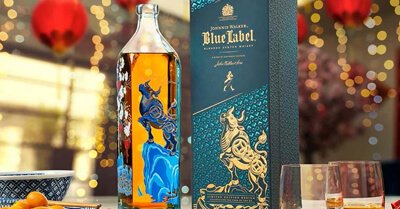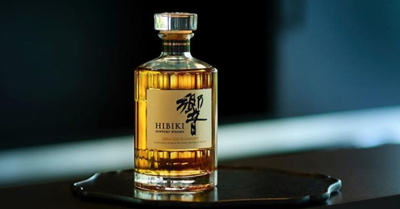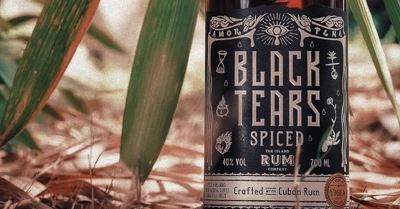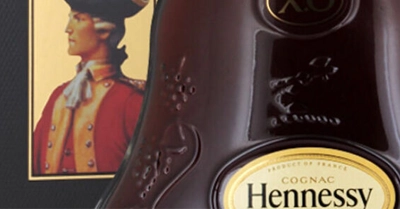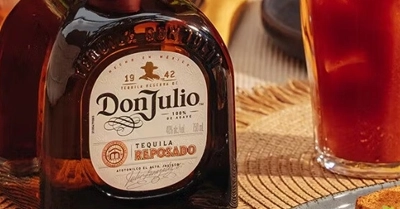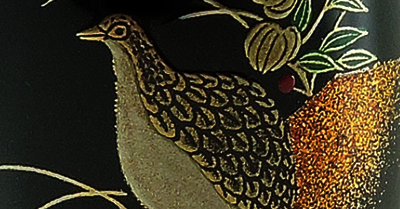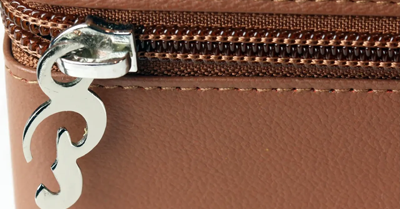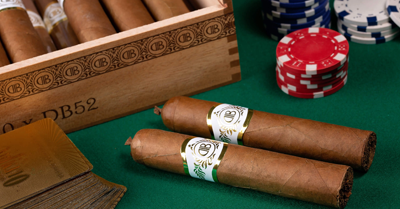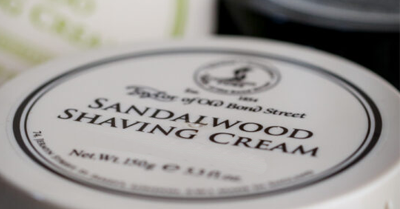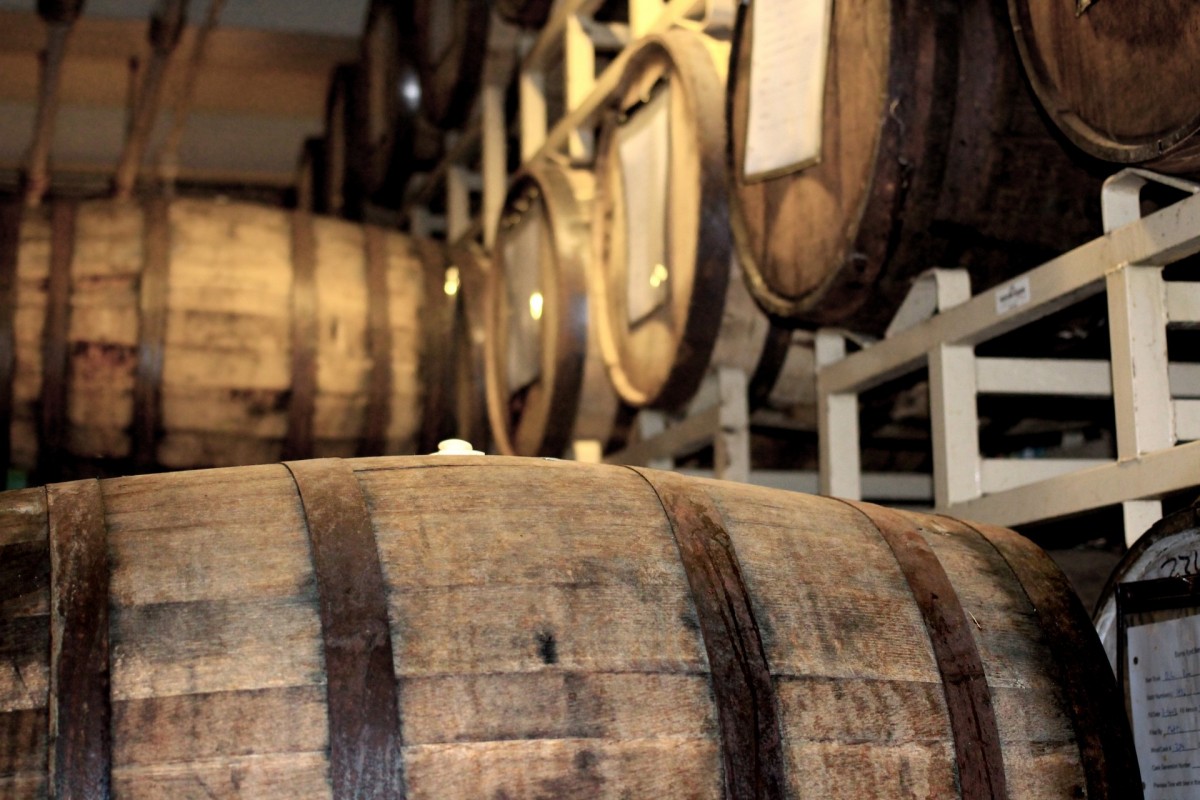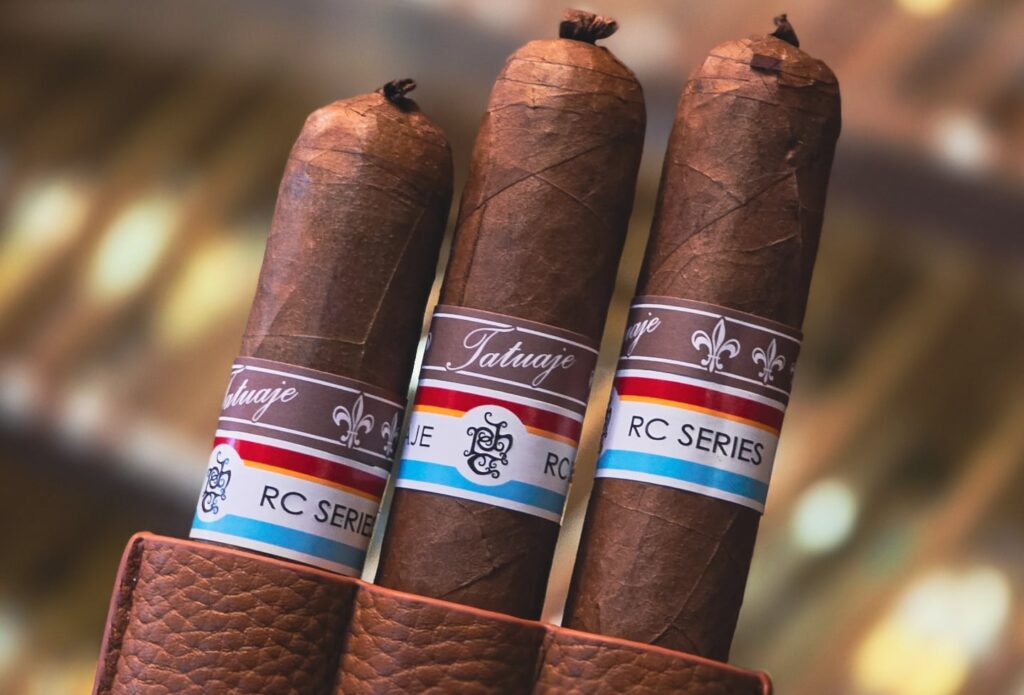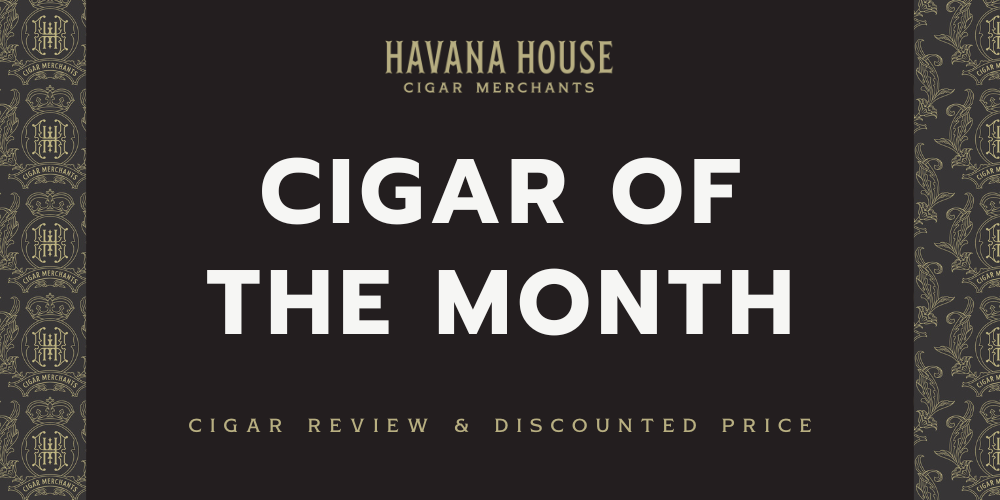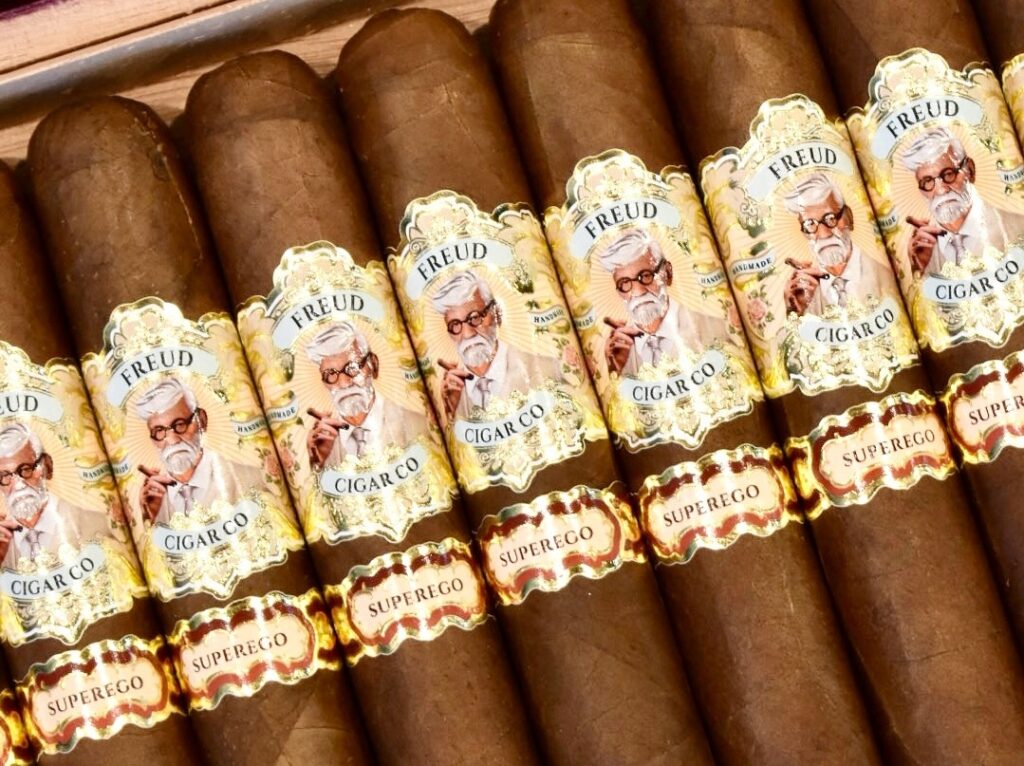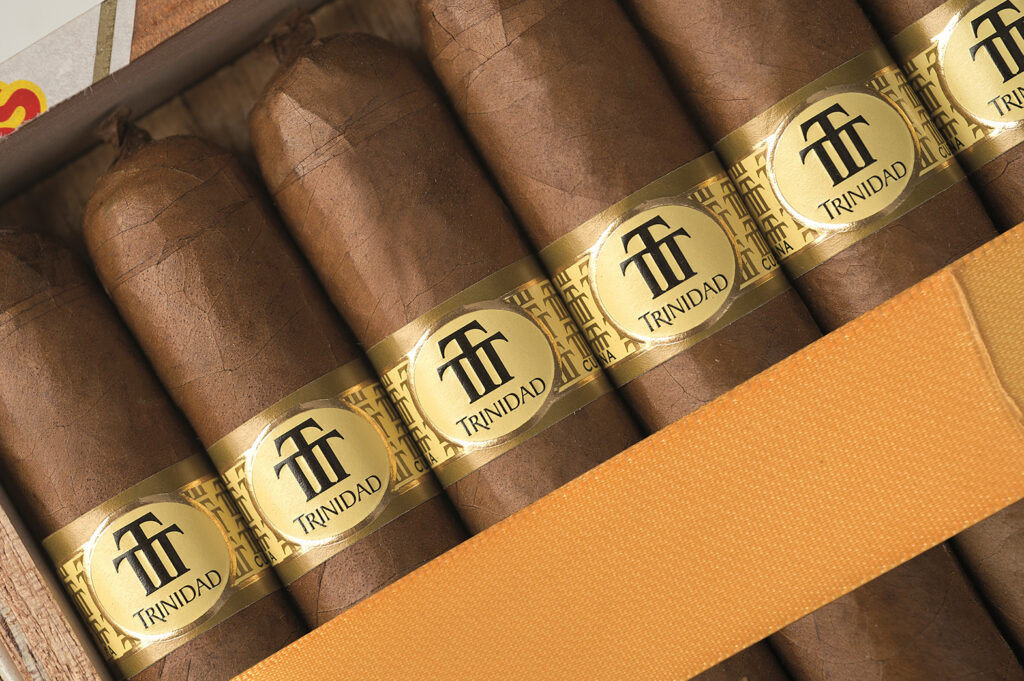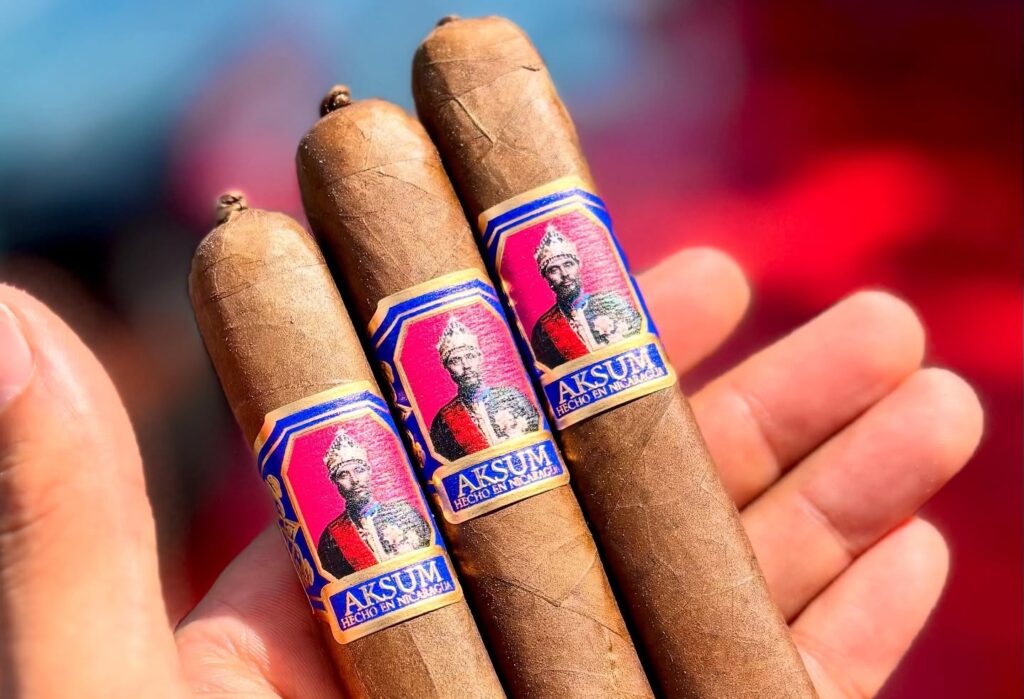As whisky matures in a cask, it is a fairly safe bet that the cask type used to store the whisky as it ages has a fairly big impact on the whisky itself, in terms of colour, flavour and aroma. With around sixty to seventy percent of a whisky’s flavour actually coming from the cask it is stored in, we take a look at the different types of cask used to age whisky, and how this impacts the Scotch we sip!
The Ageing Process
To better understand the way the cask affects the flavour of whisky, we must first consider the whole process of ageing. There are three key aspects of ageing alcohol; the container used, the time it takes and the chemical reactions that take place between the alcohol, cask and air. The semi-porous wood of each cask is affected by the weather, expanding when it’s warm and contracting when it’s cold. With the constant changes in temperature throughout the year, the slight changes in cask size draw in flavours and aromas from both the wood and the outside environment. This is why whisky aged by the sea may present a saltier flavour than those produced inland.
As the whisky ageing is dependent on the casks getting warm, the flavours tend to be developed quicker in warmer climates. So Scotch made in the cooler climes of Scotland will take longer to age. However, there are some benefits to the colder whisky regions, as the warming process leads to some of the liquid evaporating. Known as the ‘angels share’, more alcohol will be lost through evaporation in warmer countries.
What Wood Is Used For Casks?
In the past, any wood would have been used to form a cask; however, after many years of experimenting with different barrels, the consensus is white oak is the best to use for whisky ageing purposes. White oak is tough, yet, when heated, can be bent into shape without splitting. It also has a tight grain, which, despite the name, means that it has more open vessels and is more porous than other wood types. Wood with tight grain tend to be more aromatic, and the higher levels of porosity allow for the whisky to interact more with the wood and air. White oak also has properties which make it water-tight, reducing rot and decay, making it the perfect option for holding a lot of liquid!
European Oak
Quercus robur or Quercus petraea is the specific species of oak grown in Europe that is deemed worthy of protecting whisky. The petraea is typically considered to be the superior wood type, as it has a very tight grain, and presents a rich and complex set of aromas and flavours, which can gradually work their way into the whisky. The robur, on the other hand, is a little coarser and has more tannins. The area in which these trees are grown also has an affect on the flavour of whisky. Hungarian oak, for example, breaks down more easily, offering up hints of vanilla, caramel, woody, spicy and toasted flavours. However, French oak releases these flavours more intensely and far quicker. Scotch is typically aged in European or American oak.
American Oak
The wood used for American oak barrels comes from the Quercus alba, which has stronger aromas than European oak. Because of the intensity of the flavour, these are imparted onto the whiskey to a higher degree but is quicker to mellow. The type of wood gives American whiskey a particularly woody character with hints of coconut. American oak is the most popular type of wood for barrels and is used worldwide for whisky maturation. By law, Bourbon has to be aged in a barrel made from American oak!
Japanese Oak
Mizunara oak from Japan is mostly used in the production of Japanese whisky during the final stages. The whisky is finished in these barrels having been aged in bourbon or sherry casks. The Mizunara wood adds further depth of flavours, especially hints of coconut and vanillins. It is only used during the end of the ageing process as, although it is great for adding flavours, the wood is so porous that it is prone to leaking, making it a bad choice for long-term whisky storage.
How Are The Barrels Made?
Before the whisky can be added to the cask, the barrel does, of course, need to be constructed! There are a variety of different processes employed in barrel production that are essential to the creation of top-quality whisky.
Seasoning
With rain and sap making the wood of a tree damp both internally and externally, drying out the wood before it is made into a barrel is usually the first step. This can take between 18 to 60 months to complete, with the longer duration more typical in the wetter weather of Europe. The drying out process also helps to lessen the bitterness of the tannins in the wood, helping to mellow out the oak. While heating the wood will speed up the process, most believe that naturally leaving the wood to dry is the best approach as it will leave a better aroma and soften the level of tannins the most, creating a smoother and flavourful feel to the whisky.
Toasting
While whisky barrels are being made, the insides tend to get toasted, as this can bring out further aromas and flavours from the wood that will impact upon the taste if the whisky. The heat helps to caramelize any sugars in the wood, softens any bitterness, releases vanillins and can also add spicy and toasty notes. The amount the barrel is toasted also affects the flavour, with the stronger the toast correlating with more intense flavours. American oak barrels used for Bourbon are charred rather than toasted, giving the whisky inside a darker colour and sweeter flavours with hints of caramel and honey, as well as smoke and spice. The charred wood also acts as an activated-carbon filter, removing any sulfur compounds, making for a far smoother sip.
We’ve recently added some new bottles of whisky to our site, including Scotch whisky, so if you’re in the mood to sample some now then take a look!

